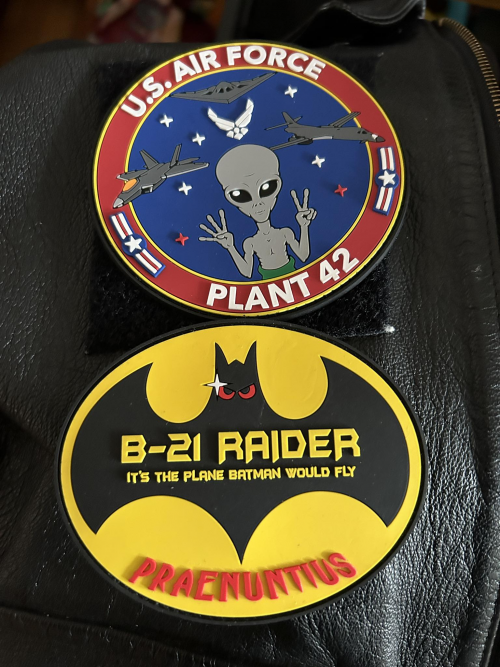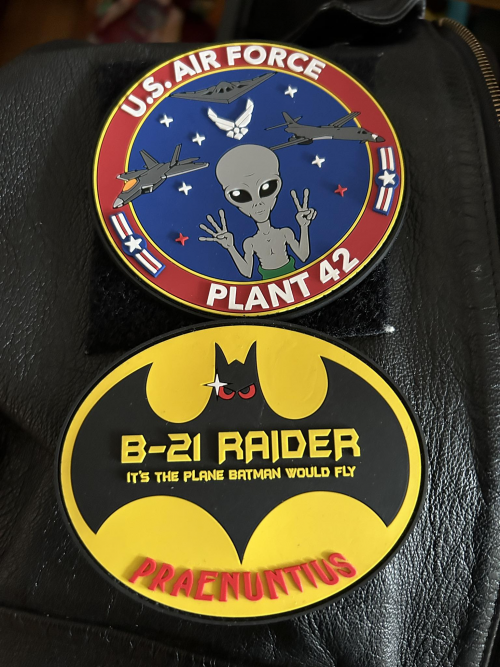On tariffs:
Kathy Warden, Chair, CEO and President, Northrop Grumman: Sheila, let me start with what we believe to be the impact of tariffs on our portfolio. We do directly source a small part of our supply chain, about 5% of our total spend, so less than a billion dollars annually and it’s from countries outside of The US, primarily in Europe. When we look at the second and third tiers of our supply chain, we have purchasing agreements in place with the vast majority of those that extend over a long period of time, and we have done an assessment and believe that most of the costs that we might incur due to trade policy are incorporated and covered under our contracts with the US government. So, we do not see at this point in time a significant risk to our company related to the trade policies as we understand them today. We’re going to continue to monitor that closely, and we’re already taking actions to account for and mitigate the risks that we do see, particularly in availability of certain components that we need for delivering on our program.
On the B-21 LRIP loss:
Kathy Warden, Chair, CEO and President, Northrop Grumman: The drivers of the charge were related to a process change and that process change supports the accelerated production rates that I referenced. And so, in that way, it’s a very defined change, and we now understand and have the learning from making that change, and that’s not something we will need to do again. This positions us to ramp to the quantities needed in full rate production, and even as I noted, we can ramp beyond the quantities in the program of record, which is something that we and the government decided was important for the optionality to support the scenarios that they have been looking at to increase the current build rate. The second part of the charge that I mentioned is related to the quantity of general procurement materials as well as the price. And there, we had underestimated the amount of consumption of those materials as well as the price increase that we are seeing.
As to the comment somewhere above that Northrop always expected a loss on the flight test articles, that isn't be the case, as the EMD contract is a cost-reimbursable contract. All the anticipated losses booked to date cut across the five LRIP lots covering the first 21 production articles.







